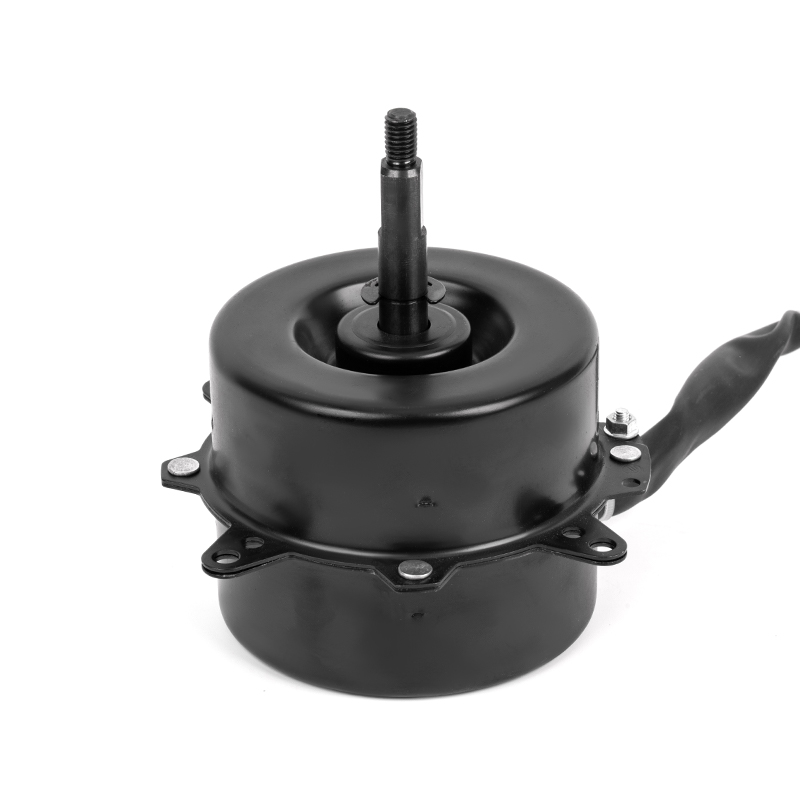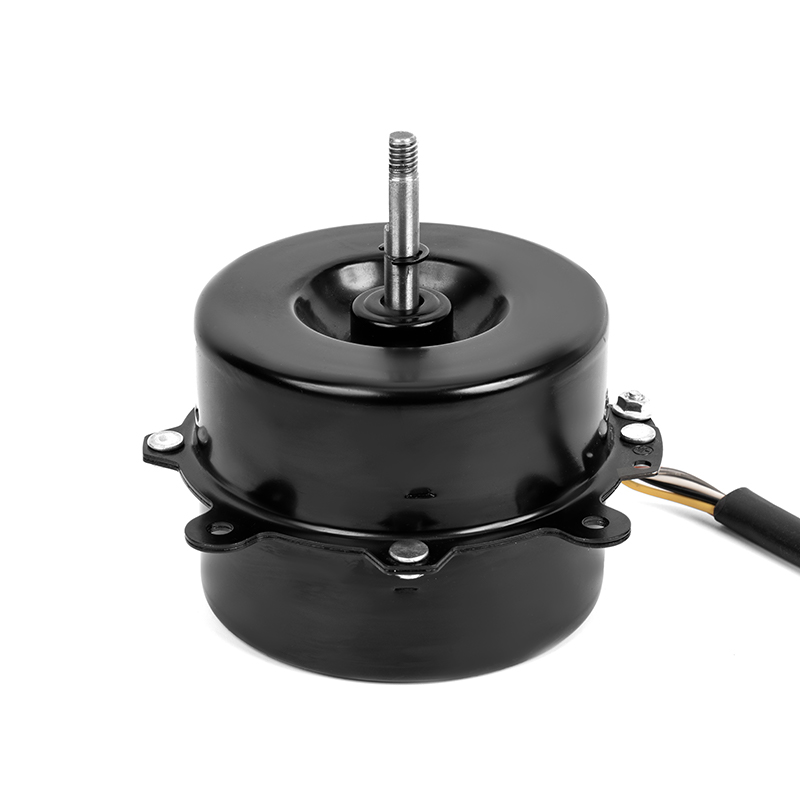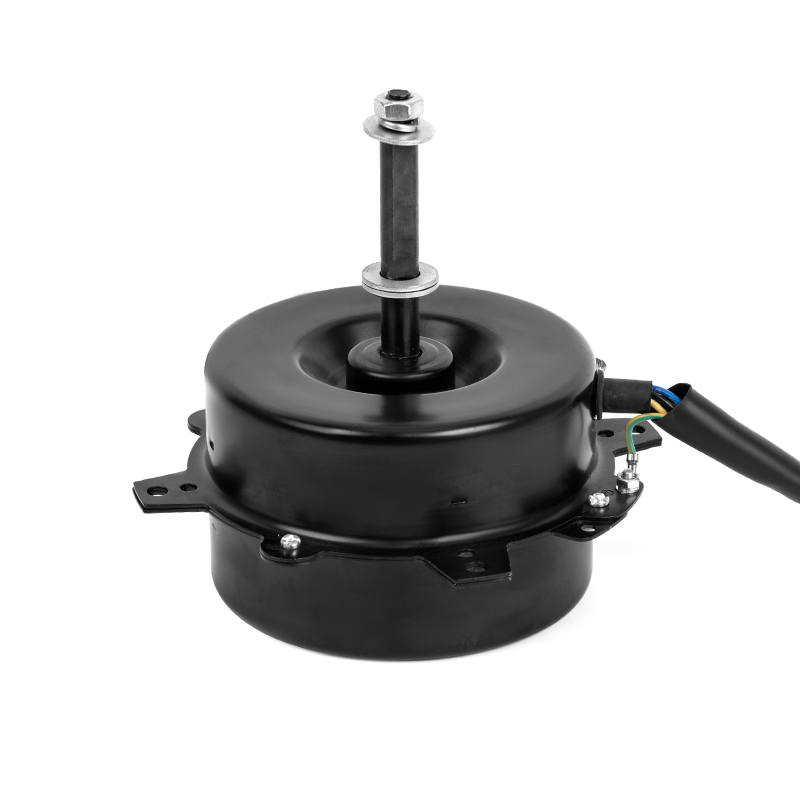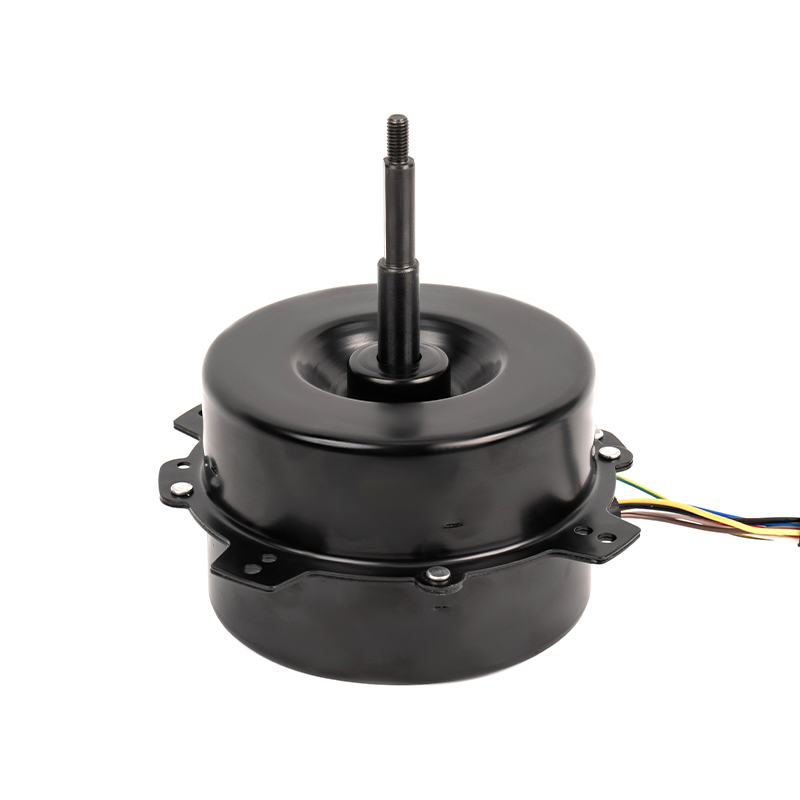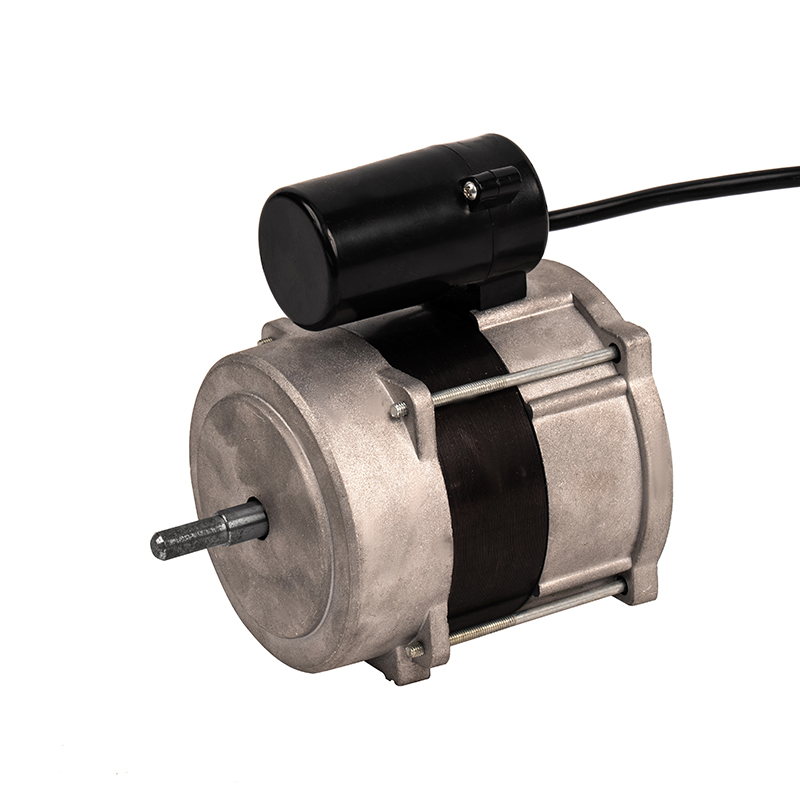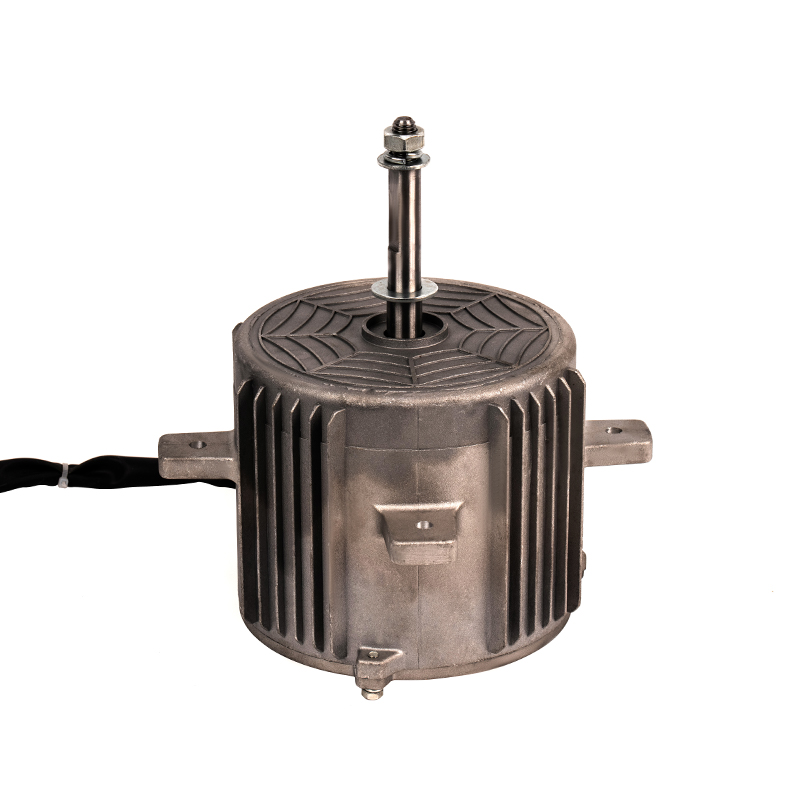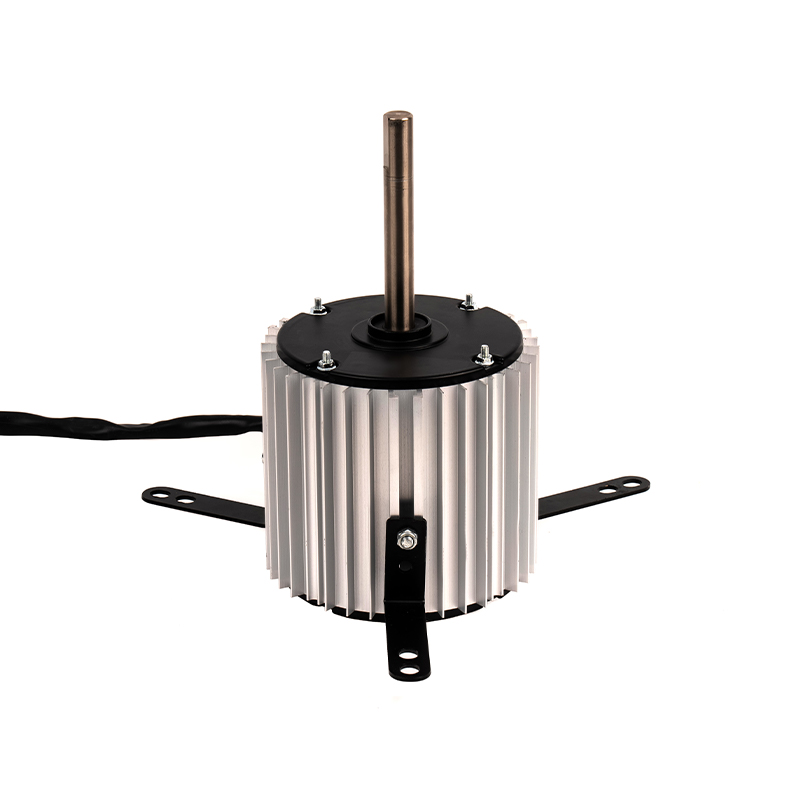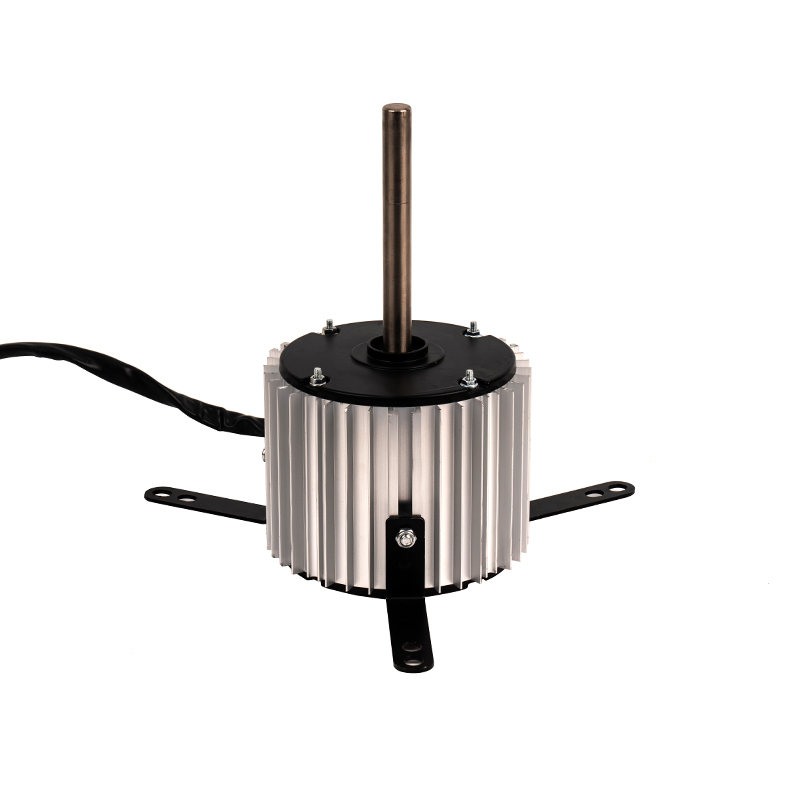Airflow Generation and Distribution
The performance of an Air Cooler DC Motor is the primary determinant of airflow volume and consistency in both residential and commercial environments. High-efficiency motors provide sufficient torque to maintain steady fan rotation even under varying load conditions, such as changes in blade resistance due to dust accumulation, water evaporation in cooling pads, or variations in ambient air density. Consistent rotational speed ensures uniform airflow distribution, reducing the occurrence of hot and cold spots within the conditioned space. Properly managed airflow promotes effective circulation, improves heat and moisture exchange, and enhances overall environmental comfort. Conversely, an underperforming motor may produce fluctuating airflow, resulting in localized areas with insufficient cooling or uneven air movement, negatively impacting occupant comfort and perceived efficiency. The ability to deliver targeted airflow across multiple directions is also influenced by the motor’s torque characteristics, which determine the fan’s capacity to overcome resistance and maintain consistent distribution throughout the space.
Cooling Efficiency
Cooling efficiency in air cooler systems is directly linked to the DC motor’s capability to sustain optimal fan speeds while minimizing energy loss. Air Cooler DC Motors, particularly brushless types, achieve high conversion efficiency of electrical input into mechanical rotation, thereby maximizing airflow with lower power consumption. Efficient motors enhance the performance of the cooler’s evaporative system, ensuring rapid and uniform transfer of heat and moisture from the cooling pads into the circulating air. This results in faster temperature reduction and improved perceived cooling effect in the occupied environment. In commercial applications, where large areas require sustained cooling, a well-performing DC motor can maintain consistent airflow across multiple zones or high-ceiling spaces, significantly improving energy efficiency while maintaining comfort levels. In contrast, motors that struggle under load may experience speed drops, reducing airflow, compromising cooling performance, and potentially increasing electricity consumption to achieve the desired comfort.
Speed Regulation and Comfort Control
Air Cooler DC Motors offer advanced speed control capabilities through methods such as pulse-width modulation (PWM) or variable voltage control, allowing precise adjustment of fan speed in response to environmental conditions or user preferences. This capability ensures that airflow can be finely tuned for both thermal comfort and energy efficiency. Lower speeds can provide gentle circulation in residential settings without creating drafts, while higher speeds can quickly distribute cooled air across larger spaces in commercial applications. Smooth speed regulation also minimizes abrupt airflow changes that can cause discomfort. For commercial spaces, such as offices, hospitals, or retail areas, controlled airflow ensures uniform cooling across multiple occupants, maintaining consistent comfort standards while avoiding energy wastage. The ability to dynamically adjust fan speed also allows the system to respond efficiently to varying temperatures or occupancy levels, optimizing both comfort and energy usage over time.
Noise and Vibration Influence on Comfort
The operational characteristics of an Air Cooler DC Motor significantly affect acoustic comfort within indoor environments. High-quality DC motors exhibit smooth rotational motion with minimal friction, which reduces vibration and mechanical noise. Low-noise operation is particularly critical in environments such as offices, healthcare facilities, or bedrooms, where background noise can affect concentration, productivity, or sleep quality. Motors that maintain stable speed without excessive vibration also minimize resonance in the fan assembly or ducting, preventing noise amplification across the space. Reduced vibration prolongs the lifespan of both the motor and mechanical components, reducing maintenance needs while maintaining quiet, comfortable operation. In contrast, motors with inconsistent performance can produce audible speed fluctuations, rattling, or humming, detracting from the overall comfort of the cooling environment despite adequate airflow.
Long-Term Performance and Reliability
The long-term performance of an Air Cooler DC Motor determines whether airflow, cooling efficiency, and comfort remain consistent over the system’s operational life. High-quality DC motors resist performance degradation under continuous operation, environmental stress, and load variations. Reliable motor operation ensures that airflow delivery and cooling efficiency remain stable over months and years, maintaining occupant comfort without frequent maintenance interventions. Motors designed with robust components and thermal management systems prevent overheating, excessive current draw, and premature failure, which could otherwise compromise airflow, reduce cooling efficiency, and disrupt indoor comfort. In commercial installations with high usage frequency, motor reliability is critical to maintaining uniform environmental conditions, avoiding downtime, and minimizing energy waste. Consistent performance also supports predictable operation of automated or smart control systems that regulate airflow and temperature for optimal comfort.



 English
English عربى
عربى ++86 13524608688
++86 13524608688


